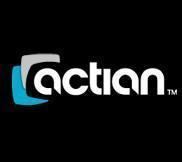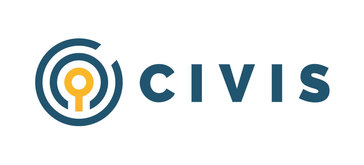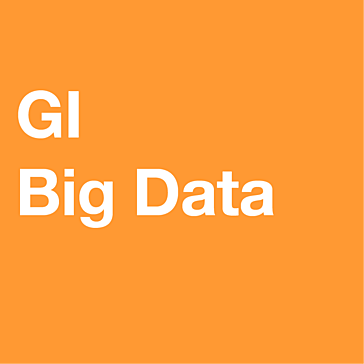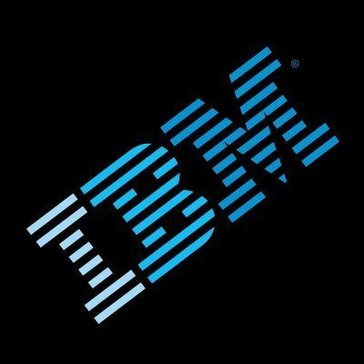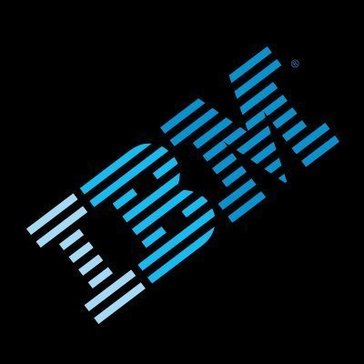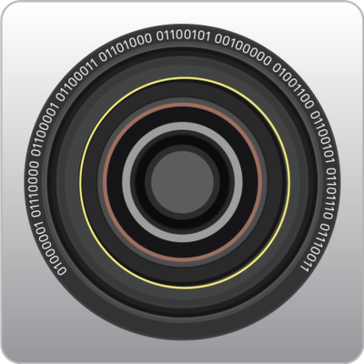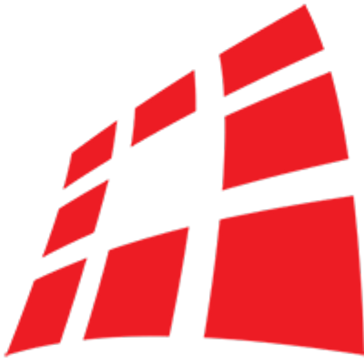
ER/Studio
This database software empowers organizations to optimize server performance, both on-premises and in the cloud, with real-time alerts and analytics. It simplifies regulatory compliance, enhances database security, and automates management across platforms like MS SQL and Amazon RDS. Data architects can create and modify models with ease, ensuring effective data governance and collaboration.
Top ER/Studio Alternatives
StorageCraft Cloud Services
StorageCraft Cloud Services delivers an integrated suite of data protection and cybersecurity solutions tailored for organizations.
Valentina
Valentina Database ADK empowers developers to seamlessly integrate robust object-relational database capabilities into their applications.
Versant
Versant offers a powerful NoSQL database that seamlessly integrates with object-oriented programming languages such as C/C++, Java, and .NET.
Civis
An all-in-one platform designed for data teams, Civis dismantles data silos by unifying and centralizing fragmented information.
Syncfusion Big Data Platform
Syncfusion Big Data Platform is a pioneering Hadoop distribution tailored for both Windows and Linux, enabling efficient management of large datasets.
GI Big Data
GI Big Data Analytics serves as a robust database software solution that empowers businesses to effectively analyze their data.
IBM Compose for MySQL
It simplifies database management tasks, ensuring robust security with encryption and compliance standards...
WinDocks 1.0
It facilitates efficient database migration at scale and includes features for machine learning feature data...
IBM Compose for Elasticsearch
By streamlining data access and processing, it enhances operational efficiency and supports AI initiatives...
Ehcache
This robust Java-based solution supports diverse caching strategies, from in-process to large-scale out-of-process deployments...
Apache Lens
It optimizes analytical query execution and seamlessly integrates Hadoop with traditional data warehouses, creating a...
GridGain
Users can seamlessly upgrade to GridGain without code changes, ensuring zero downtime during rolling upgrades...
Apache ORC
It supports ACID transactions and snapshot isolation, enabling reliable data management...
Valentina Studio
Users can design reports, execute SQL queries with syntax highlighting, and perform reverse engineering to...
Apache Unomi
It enhances personalization while adhering to privacy regulations, including GDPR...
ER/Studio Review and Overview
The use of the database is very prominent in today’s world, as it contains large sets of data. To use the database efficiently, you need to manage and create it efficiently. ER/Studio helps in this management through its wide support to the creation and management of the databases.
Details of ER/Studio
This software can be used to create source code by making use of the existing database. This database can also be used for designing the graphical models. All these constructions and changes can be made applicable by using the ALTER code that has been generated. You can have a mapping done between the conceptual and the logical design for the purpose of analysis. You can also view the source and target mapping being done around the systems. It does have a provision of representing the business data objects. It also has the facility of merging the database structures. The automatic application of the naming template is also available with this software.
Why use ER/Studio?
It provides an enterprise data model as the output. It gives detailed documentation about the relationships and attributes of the data objects, hence providing an efficient presentation of the business concepts. It does catalog the metadata for the purpose of data quality measures. It makes sure that consistency is maintained between the databases and the models. It documents the data objects, critical elements of the data, and attributes. It also describes the processes and models that are needed in presenting the goals of a business.
Required Technical Specifications
To run the data architect version of this software, you need a minimum of 4GB RAM and 2.5GB disk space. It supports Windows7, 8.1, and 10. It supports many database-specific platforms like Hadoop, IBM DB2, Oracle, etc. It accesses the database by using the platform-specific ODBC connections. These connections include Amazon Redshift, Firebird, Generic DBMS, and many more. To run the studio business architect version of ER/Studio, you need a minimum of 2.5GB disk space and 4GB RAM. It supports Informatica PowerCenter, IBM Cognos, Oracle OBI, etc.
Top ER/Studio Features
- Proactive server performance management
- Automated database security management
- Regulatory compliance configuration
- Backup and instant recovery options
- Comprehensive database inventory tracking
- User-friendly data architecture tools
- Real-time collaboration features
- Forward and reverse engineering support
- Enterprise data dictionary integration
- BPMN 2.0 process modeling
- Impacts analysis for model changes
- Visual documentation of source mapping
- Task assignment and tracking
- Extensive reporting capabilities
- Multi-platform support for databases
- Version control and change management
- Cross-platform model exports
- Centralized business glossary management
- Secure repository for model sharing
- Integration with Atlassian JIRA.


